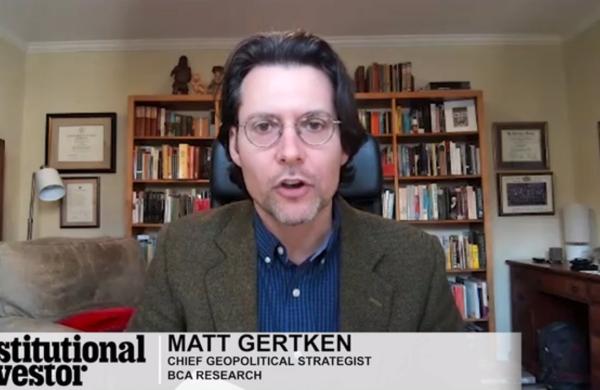Instead of offering returns that are measured against market-cap-weighted indexes or peer group averages, as most money managers do, BAM, with $31 billion in assets, has started marketing a "targeted return" strategy. Its current pitch: returns of 3.5 percent, 4.5 percent or 5.5 percent per annum, net of inflation, depending on whether clients have a low, medium or high risk tolerance.
It's easy to offer a targeted return, of course, but much tougher to deliver. Still, Stanion thinks BAM's approach will find a ready audience among clients dismayed by managers who boast about destroying only one quarter of their customers' capital while markets have dropped by a third. To date, the strategy has attracted six clients, all charities and foundations, with £300 million ($486 million) in combined assets. "Fund managers have settled for managing relative risk, leaving the absolute risk of portfolio with their clients," says Stanion. "This product goes back to basics, offering realistic returns in a changed environment for financial assets. It puts the pressure on us to back our convictions."
An institutional money manager, BAM takes an unfettered approach to asset allocation. In addition to investing in stocks and bonds globally, BAM holds property (via listed funds), funds of hedge funds, forward currency contracts, exchange-traded funds and cash.
For high-risk portfolios aiming to deliver the 5.5 percent return, BAM's typical long-term (ten-year) strategic allocation to index-linked bonds is 32 percent, compared with the current peer group holding of 1 percent. In the long-term portion of the portfolio, the weighting in U.K. equities is 27 percent, half the consensus position; here BAM holds no European, Japanese or U.S. equities. In their place Stanion has 18 percent in Asia-Pacific ex-Japan equities and 8 percent in emerging-markets equities (versus the consensus positions of 3 percent and 1 percent, respectively). Property unit trusts claim 10 percent of assets, and funds of hedge funds hold 5 percent.
Within this long-term strategic framework, Stanion makes short-term tactical bets. He currently keeps a 6 percent position in U.S. equities, believing the Federal Reserve Board and the Bush administration will do whatever it takes to avoid a double-dip recession. Last summer Stanion increased the overall allocation to equities in high-risk portfolios from a modestly underweight 50 percent to a dramatically overweight 80 percent.
Is BAM's new approach anything more than a marketing gambit? Though sympathetic to BAM's idea, which he believes will strike a chord with many trustees, Nick Sykes, a senior consultant at Mercer Investment Consulting, suggests that targeting returns may be a little naive. "While it is true there are problems with all benchmarks," he says, "at least they are a representation of the opportunity available in the market. Saying 'I can get 5.5 percent in real terms' may sound attractive now, but that may not be the case a few years down the line."
Replies Stanion: "There will be years when financial markets may produce returns of 20 percent. But our belief in the long run is that the returns will not be as high, cannot be as high, as they were in the 1980s and 1990s. Short-term excesses on the upside are a mirage, and it's not appropriate to chase them."





